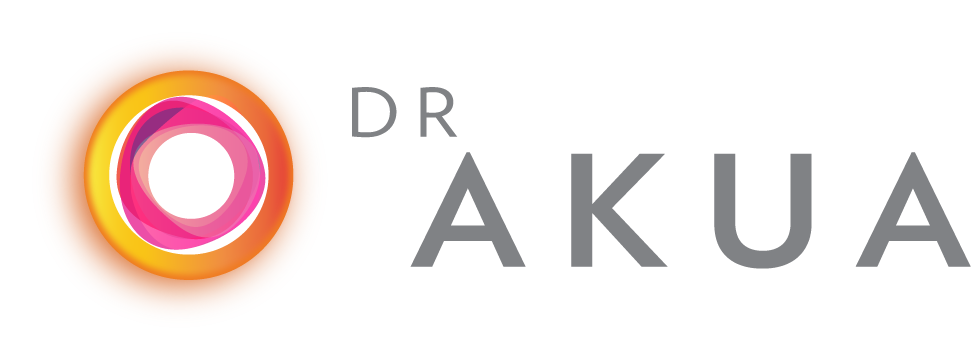Deep down, we all know the fundamentals of a healthy diet.
It’s practically human instinct, because our bodies were designed to eat nutritious whole foods. The nutrients, vitamins, antioxidants and phytonutrients in those natural food sources help protect, heal and repair our bodies.
So you might be wondering why it can be so hard for us to make better choices? Why is it so difficult to embrace the fact that we need nutritious whole foods, not cheeseburgers, fries, sodas, donuts and chips? And why is it so hard to avoid eating harmful foods when the cravings take over?
The reality is that this is not our fault. We are not bad people, and we didn’t suddenly lose will power. The problem is the environment we live in. We overeat and crave unhealthy foods largely because there have been major changes in how food is manufactured, marketed, and made available to us. And once we’re hooked on the wrong things, it’s hard to get unhooked.
There are biological mechanisms behind our desire for sweet, calorie-dense foods — foods that contain what we call “empty calories.” When inadequately nourished, your body will send hunger alarms to your brain telling you to consume more of the nutrients it needs. Your brain will most likely misinterpret these requests for specific nutrients and simply feel the urge to eat… anything!
These impulses are part of our biology, and they exist in order to help humans survive. Our ancient ancestors needed to learn how to find food without becoming the food themselves. The most efficient way to do that was to find foods higher in calorie density to feed themselves and their families. As a result, it made more sense for them to grab a bunch of bananas instead of a bunch of berries. After all, bananas are more filling.
Our brains are hard-wired to seek out high-calorie foods.
But what was once a survival instinct has become a recipe for disaster: We are no longer choosing between bananas, apples and berries, but between burgers, fried apple pies and berry flavored sodas. Fast food restaurants are on every corner, and convenience stores are open 24 hours to help us get our fix. The food landscape has totally changed, and the unnatural has become natural.
To take back control of our eating habits, we must be mindful. We must pay attention to our cravings — they’re there for a reason — and observe them without struggling against them. If you get into a battle with your cravings, you will become entangled in their snares, and they will surely win.
Every time you get a craving, remember the ”whole foods, plant-based” mantra of healthy eating“ and ask yourself these questions:
- Have you eaten today?
- Have you eaten enough today?
- Have you built your meals around whole, plant-based foods?
You can keep cravings at bay by eating healthy, high-fiber foods with enough weight and bulk to make your stomach actually feel full. Potatoes, beans, grains, and hearty vegetables like broccoli are all excellent choices. Once our stomachs feel full, our brains will receive the signal to stop eating.
It’s important to not skip meals and miss out on calories.
And when you’re eating those meals, it’s important to get the right nutrients, understand where the gaps are, acknowledge those needs and fill them with the appropriate foods.
Think about those times you may have fasted as part of a medical exam or a personal or spiritual quest. Remember all the food thoughts and cravings that came up then. When we are trying to abstain from certain foods, we tend to think about them even more. That’s just your brain resisting the change – just observe this and decide which action you are going to take.
See if you can crowd out that which no longer serves you. If you are craving a cookie, just observe that feeling or desire. Then decide, “OK, but first I am going to eat this huge jumbo salad, a bowl of beans, a sweet potato, steamed beets, or vegetable soup!” Drinking water with a tablespoon of lemon juice or apple cider vinegar can also stop cravings in their tracks.
It’s important to stay well-fed – and well-nourished – throughout the day.
Don’t allow yourself to get too hungry. If you skip meals or eliminate too many calories, your body will think you are starving and send hunger alarms to your brain. At this point, you will not be able to make rational, controlled decisions. You will select less-favorable foods and likely overeat.
You can get your hunger alarms back on track by consuming the right nutrients. Eat a rainbow of colorful plant-based foods throughout the day to flood your body with the nutrients it requires. Each color corresponds to a different set of nutrients that your body desires, and you should consume several colors at every meal. When you don’t, the cravings you feel will most likely be for more nutrients, not more empty calories.
Basically, you must EAT in order to overcome those unhealthy cravings for calories. In the process, you’ll retrain your brain to recognize that they are actually cravings for vitamins, minerals, antioxidants, and phytonutrients. Your body needs a certain number of calories every day – think of calories as the amount of fuel in your body’s gas tank. However, it also needs the appropriate type of fuel, which is best achieved by a nutrient-rich diet. These nutrients will help your body release toxins and weight, and healthy calories will help you get through each day.
By eating more produce, you will be able to eat when you are hungry and eat until you are full — without skipping meals, excessively restricting calories, or making those cravings even more intense.

